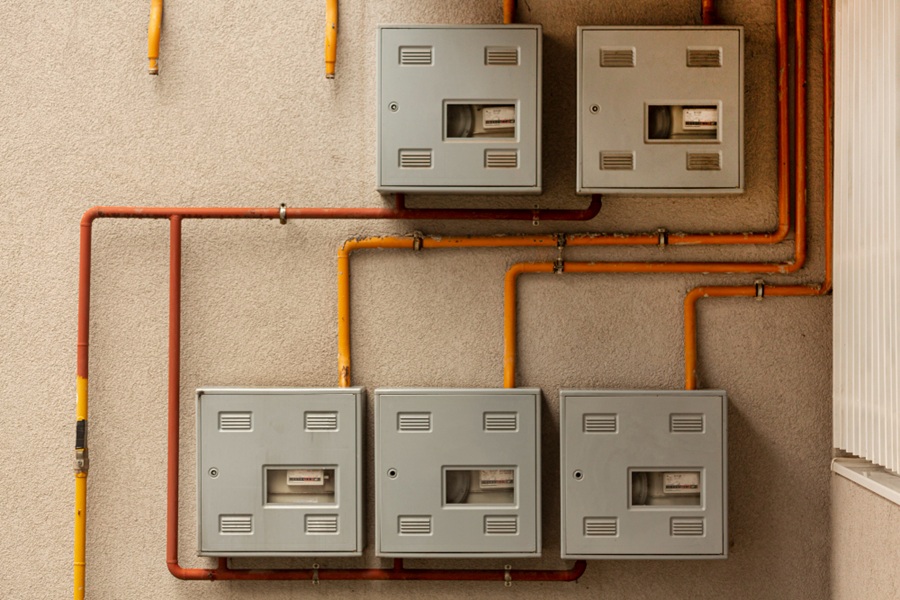When selecting electrical boxes for wiring projects, a common debate arises: Do nonmetallic boxes have more impact than metallic boxes? While each type has its pros and cons, the choice ultimately depends on the specific needs of the installation. Let’s break this down to determine the truth behind this claim.
Understanding Nonmetallic Electrical Boxes
Nonmetallic electrical boxes are made from plastic materials like PVC or fiberglass. They are lightweight, affordable, and resistant to corrosion, making them a popular choice in residential settings.
Advantages:
- Corrosion Resistance: Nonmetallic boxes do not rust, making them ideal for damp environments.
- Ease of Installation: They are lightweight and often come with built-in mounting brackets, simplifying the process.
- Insulation: Being non-conductive, they offer built-in insulation and eliminate the need for grounding.
Disadvantages:
- Less Durable: Nonmetallic boxes can crack under significant impact, making them less durable in high-stress environments.
- Limited Heat Resistance: They may deform under high temperatures, which is a concern in heavy-duty applications.
Understanding Metallic Electrical Boxes
Metallic boxes, typically made of steel or aluminum, are durable and heat-resistant, making them a go-to choice for commercial and industrial installations.
Advantages:
- Superior Strength: Metallic boxes can withstand significant impact, making them suitable for areas prone to physical stress.
- Fire Resistance: They are more resistant to heat, reducing the risk of fire hazards.
- Ideal for Metal Conduits: Metallic boxes integrate well with metal conduit systems, offering a secure and durable setup.
Disadvantages:
- Corrosion Risk: Metallic boxes can rust if exposed to moisture, unless treated or coated.
- Heavier and Costlier: They are heavier and more expensive compared to nonmetallic boxes.
- Grounding Required: Metallic boxes require proper grounding to ensure safety.
Impact Comparison: Nonmetallic vs. Metallic Boxes
- Physical Impact: Metallic boxes outperform nonmetallic boxes in terms of physical strength and resistance to external impact. For high-stress environments or areas where boxes are likely to be subjected to physical abuse, metallic boxes are the better choice.
- Environmental Impact: Nonmetallic boxes have an edge in environments prone to moisture or corrosive elements since they do not rust or corrode. However, they are less sustainable in terms of heat resistance and longevity.
- Electrical Safety Impact: Nonmetallic boxes offer an advantage by being non-conductive, which reduces the risk of electrical shorts. Metallic boxes require grounding, adding an extra layer of complexity to ensure electrical safety.
So, Which Should You Choose?
- Choose Nonmetallic Boxes If:
- The installation is in a damp or corrosive environment.
- You prioritize ease of installation and cost-efficiency.
- The electrical load is light, typical of residential applications.
- Choose Metallic Boxes If:
- The installation is in a commercial or industrial setting with high-stress conditions.
- Fire resistance and durability are top priorities.
- You are using metal conduit systems.
Final Verdict
The claim that nonmetallic boxes have more impact than metallic boxes is not entirely true. While nonmetallic boxes are advantageous in specific scenarios like damp environments or low-stress residential setups, metallic boxes provide superior strength, durability, and fire resistance. The choice depends on the application, environment, and safety requirements of your project. Always evaluate these factors to select the best option for your electrical system.










